Golf-wise, 2004 was a pretty good year for the modest town of Bloomfield, CT, with two mid-high end public golf courses opening for play. The first was Wintonbury Hills (brainchild of GCA member Brad Klein), the Pete Dye/Tim Liddy municipal effort that has gotten high marks since its opening. It's really neat--wide open, firm-and-fast, with two great long par threes. The only real criticism to be levied against it might be that it does not really tax the expert player, but it's function is the service of a wide golfing audience, so this is understandable.
Gillette Ridge has been a different story altogether. At nearly 7200 yards from the tips and playing to a 74-plus rating and 140-plus slope (the scorecard depicted is out-of-date), it is known as a punishing course for players of all levels, especially higher handicappers. It is essentially the anti-Wintonbury in this regard. Tee-to-green, it is one of the most demanding golf courses with which I am familiar. Many people bash it (as I did after the first time I played it) for being too relentless, with trouble galore at every turn. To the credit of those who run the course, modifications have been undertaken in the past year to make the course a bit more playable. A good amount of progress has been made, but there are still other things to be done. I'll try and point out those spots along the way.
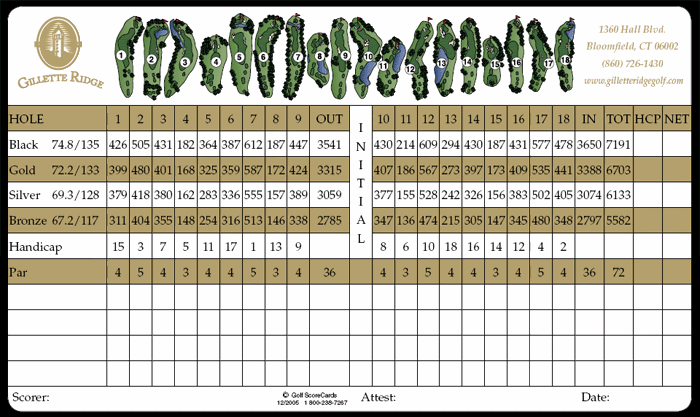
1: Gillette Ridge begins with its only bunkerless hole. It's a nice risk-reward drive--sling your tee shot down the right (shorter) side if you dare, but you can be blocked out by trees if you bite off too much or don't hit it far enough.
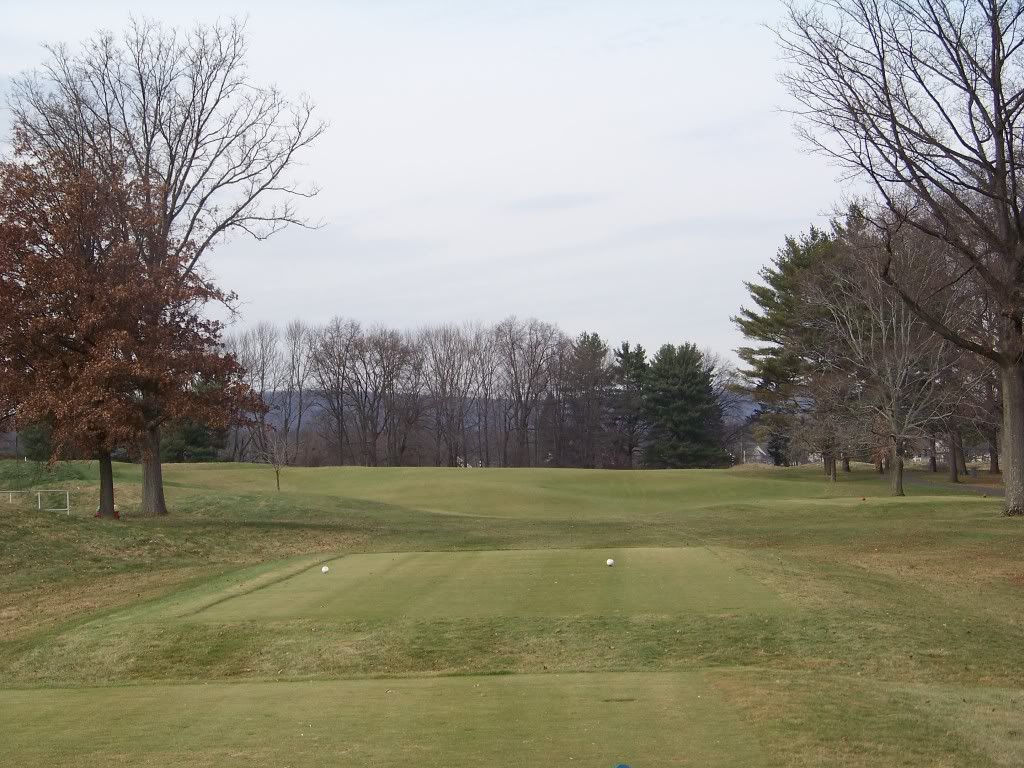
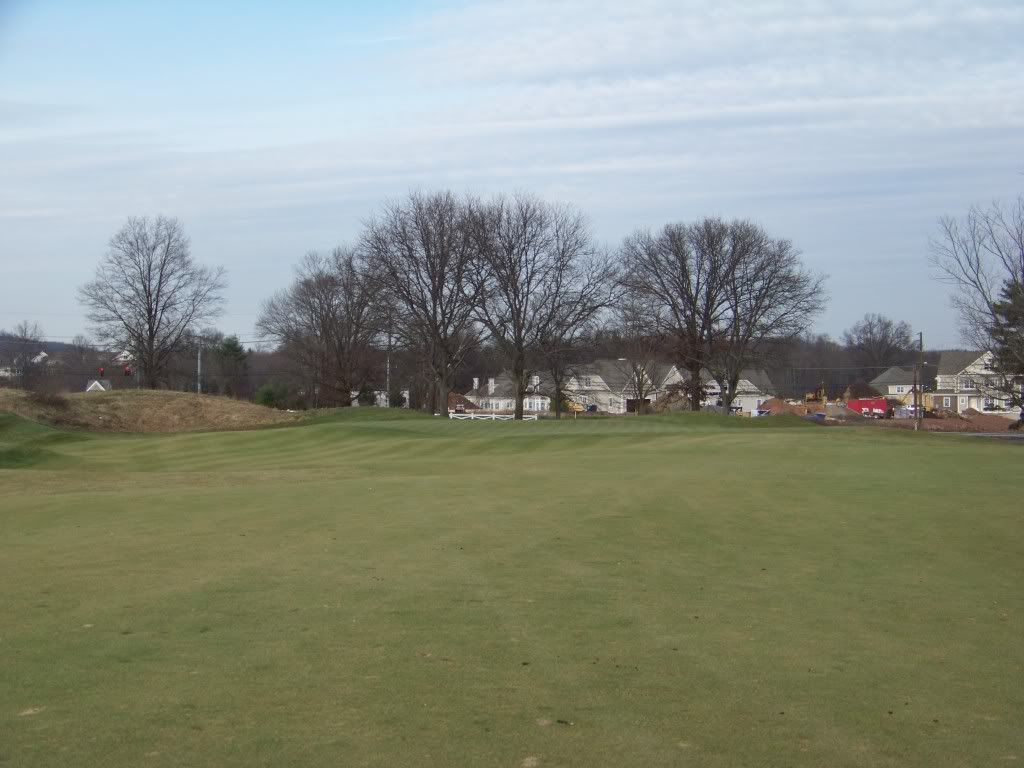
2: A ~500 yard par 5 that plays to a wide fairway and then tempts the aggressive player to try for the green in two. A fair criticism of the hole is the difficulty of the layup, to a very shallow area (unless you lay back to more than 150 or so).
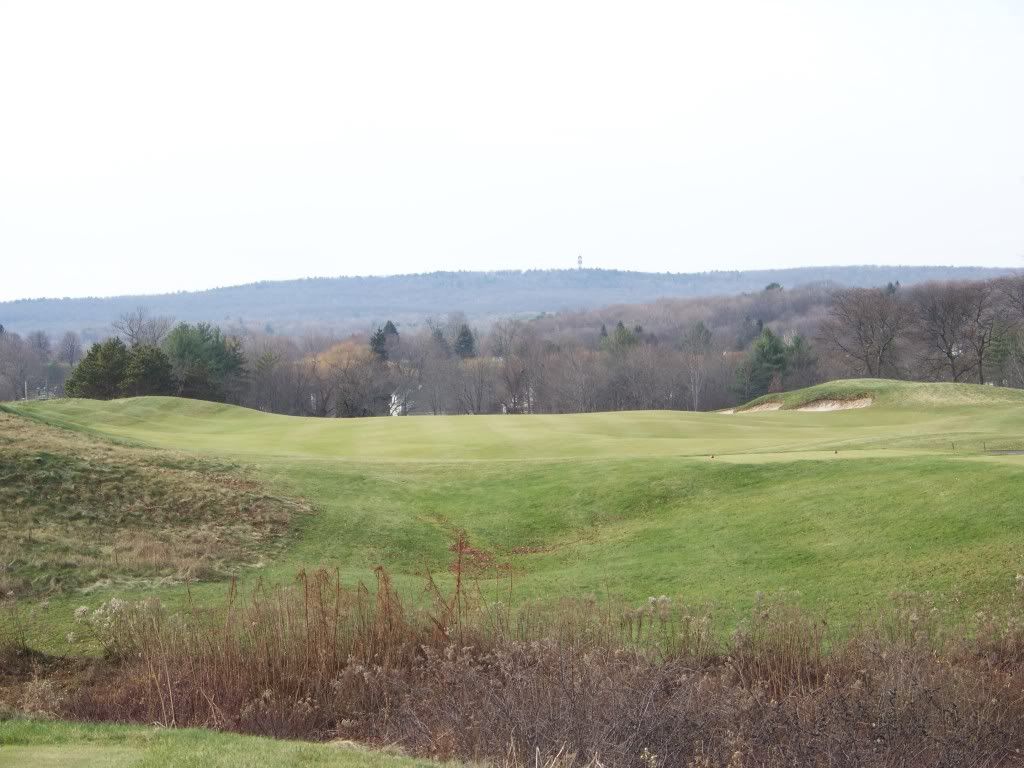
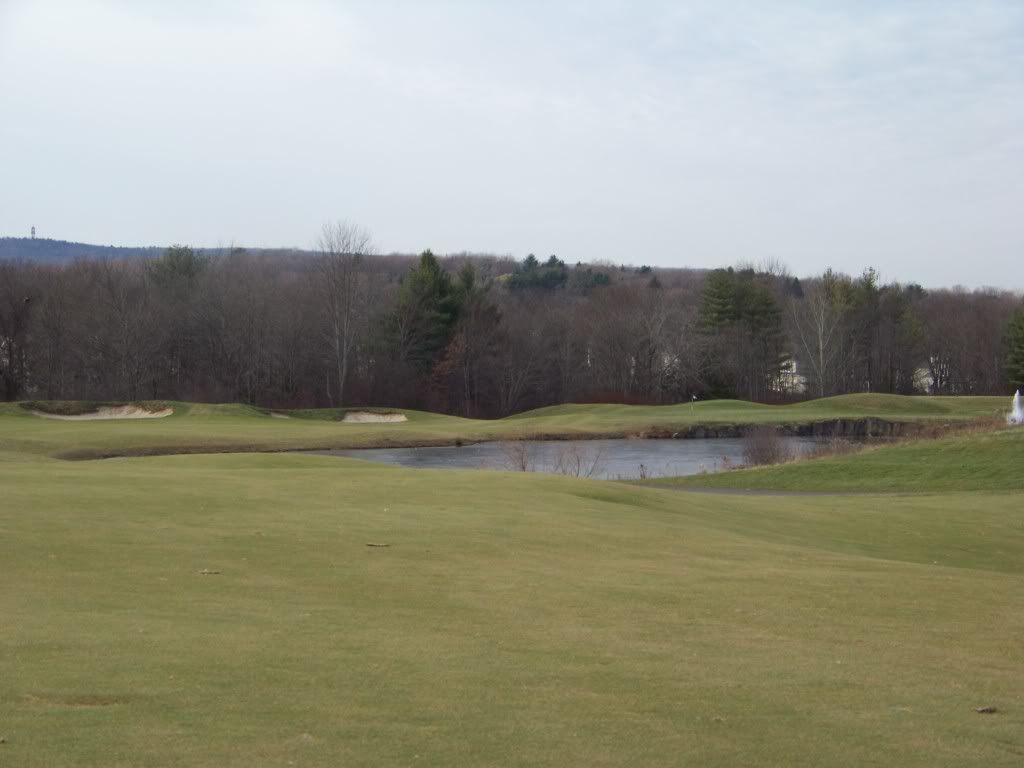
3: The first of the holes that have been softened. In addition to the pond left of the green (and hazard long), there used to be bunkers immediately short and right, leaving no bailout area. Those bunkers have been eliminated so that the higher handicap player can have a fighting chance at salvation if he or she misses the green.
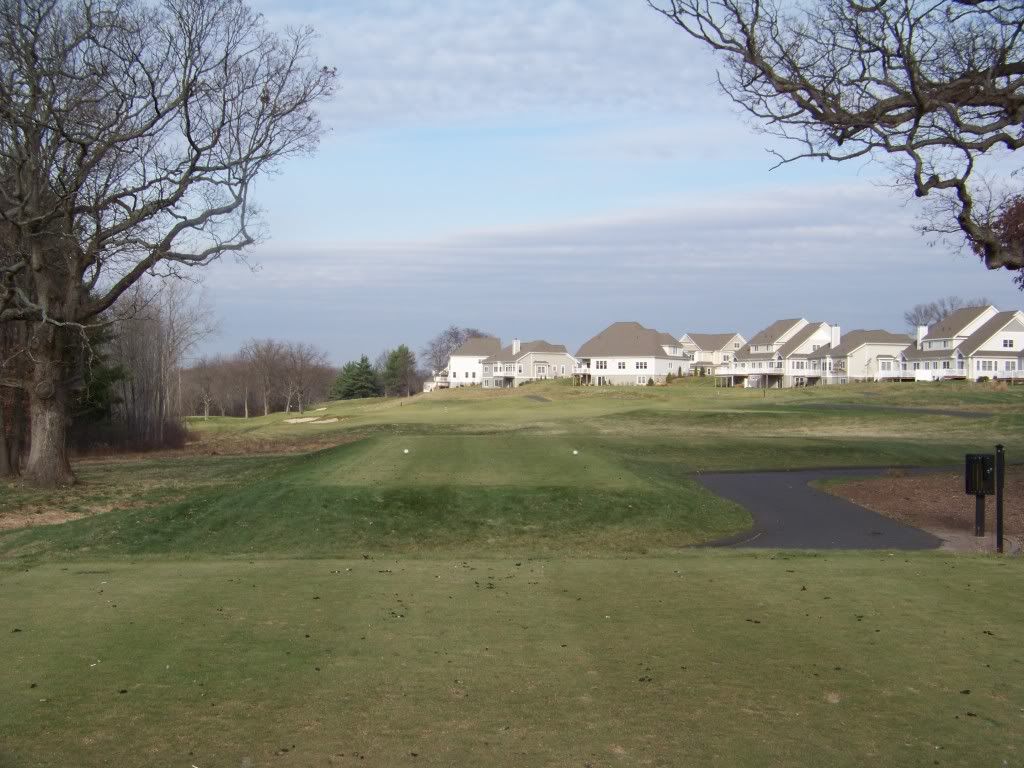
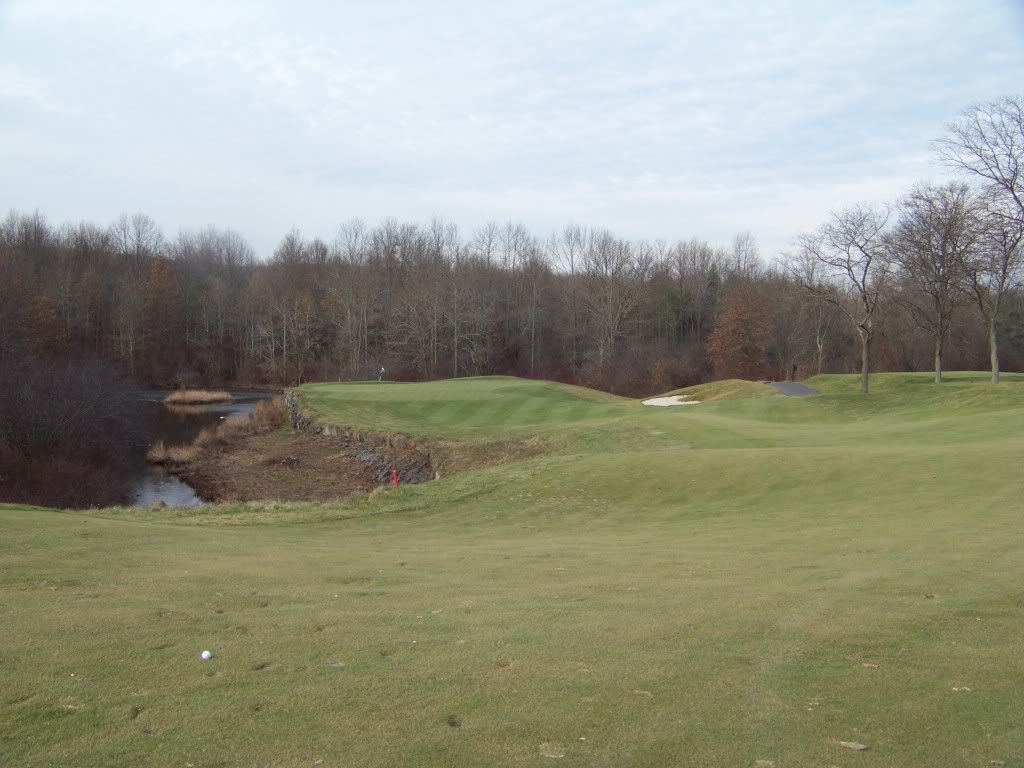
4: This par 3 is the next one to go, for the obvious reason. They plan to completely renovate the green complex in short order.
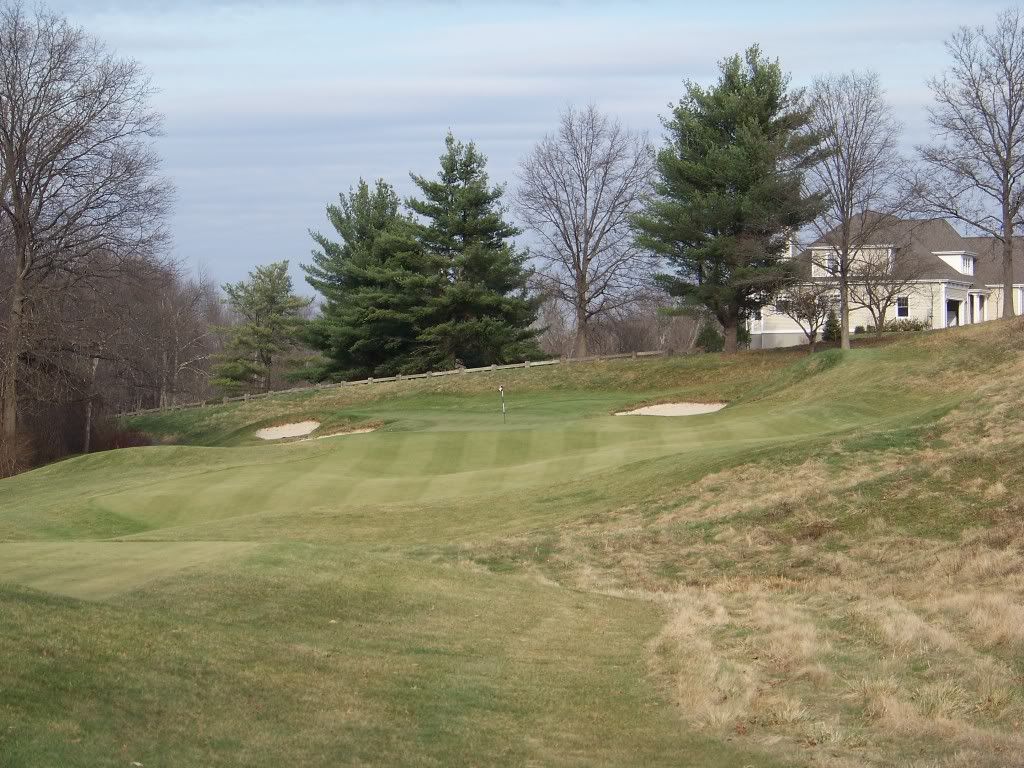
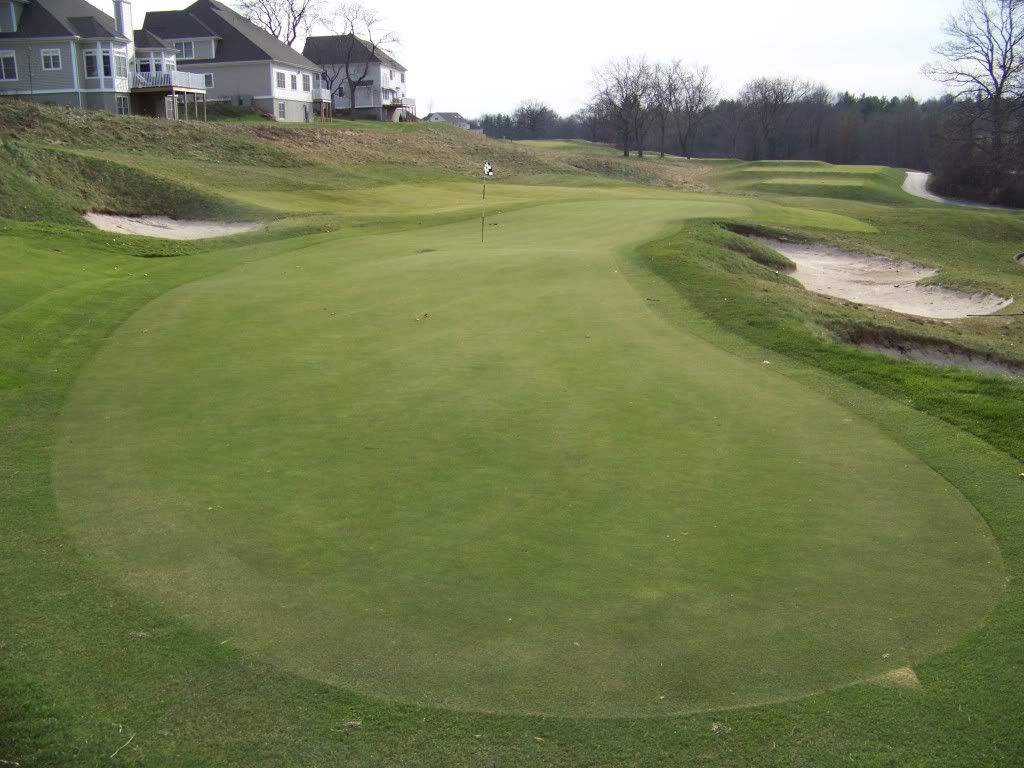
5: A shortish par 4 whose rear bunker has been replaced by a more user-friendly chipping area (the crossing hazard in front of the shallow green is enough).
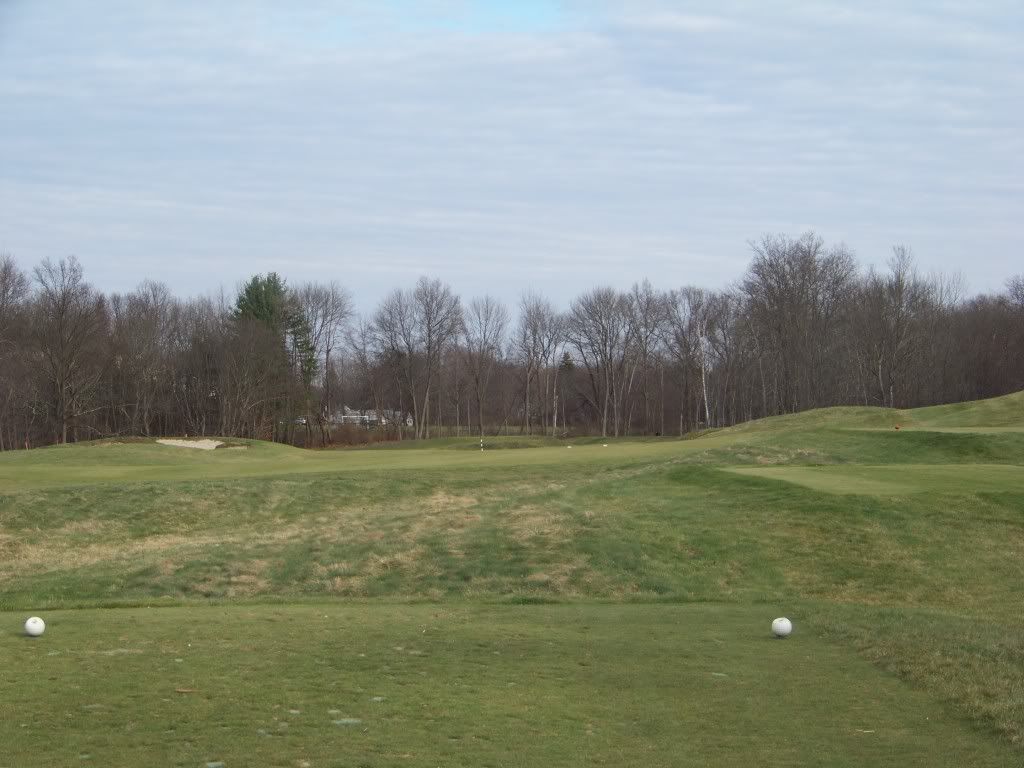
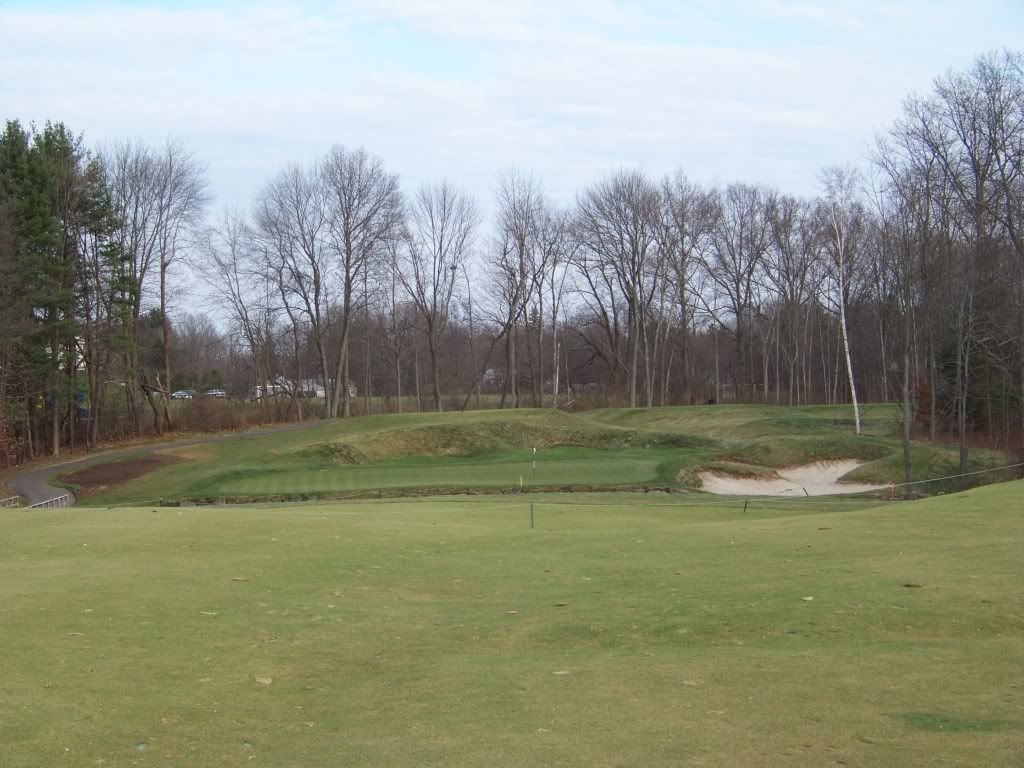
6: Solid mid-length par 4, again tempting the player to hug the trouble-strewn right off the tee (it also leaves a better angle to the shallow green).

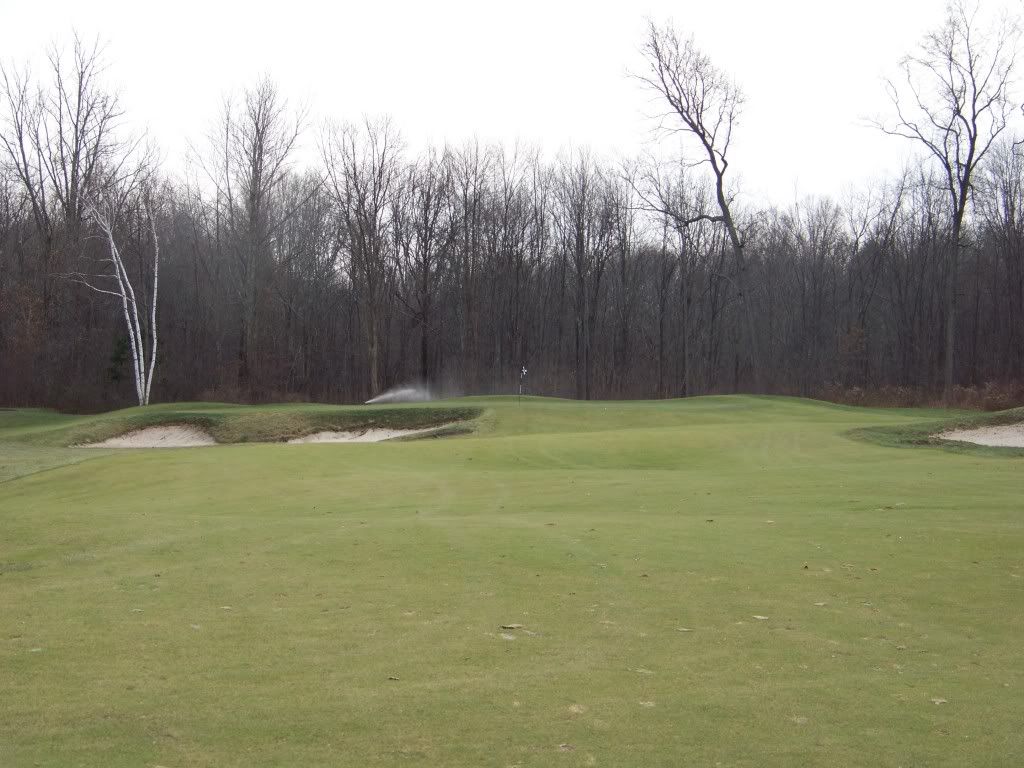
7: Longest hole (612) on the course. Solid, straightaway three-shot par 5 to a big, nicely contoured green. Third shot crosses a big stream (or is it a little river?).

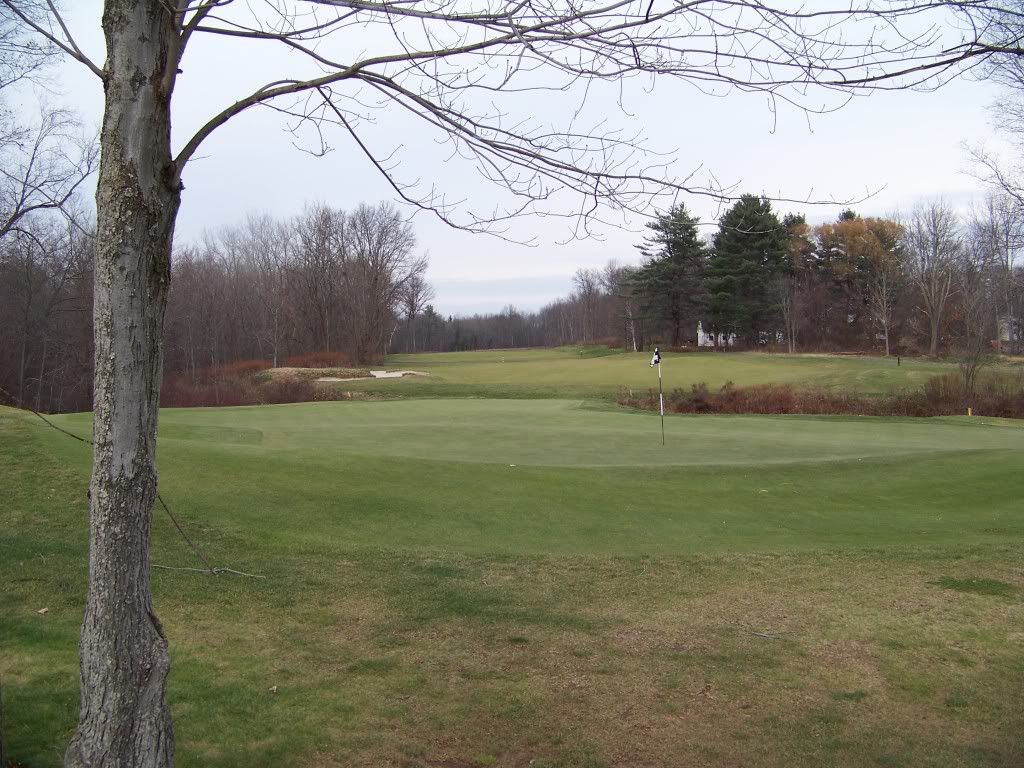
8: Decent par 3 with bunker/wetland right and chipping area left.
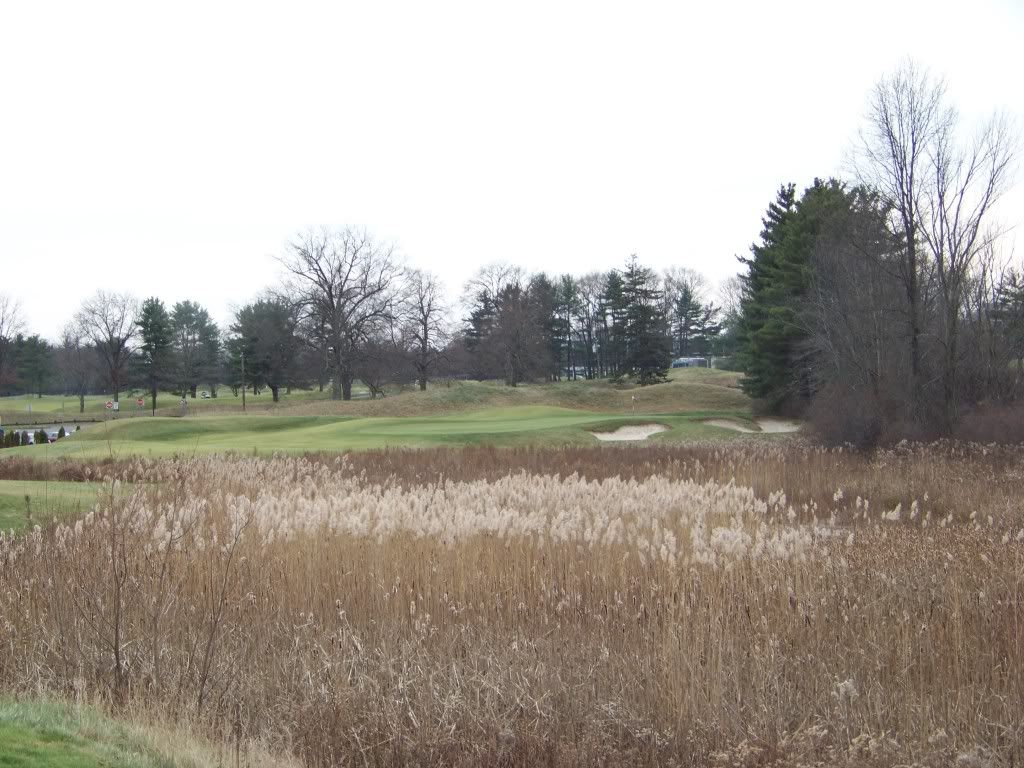
9: Longish par 4 requiring a precise tee shot. It used to double the hurt with an equally exacting approach, but the left bunker has been pulled back in favor of a fringe buffer. It's still a strong hole anyway.
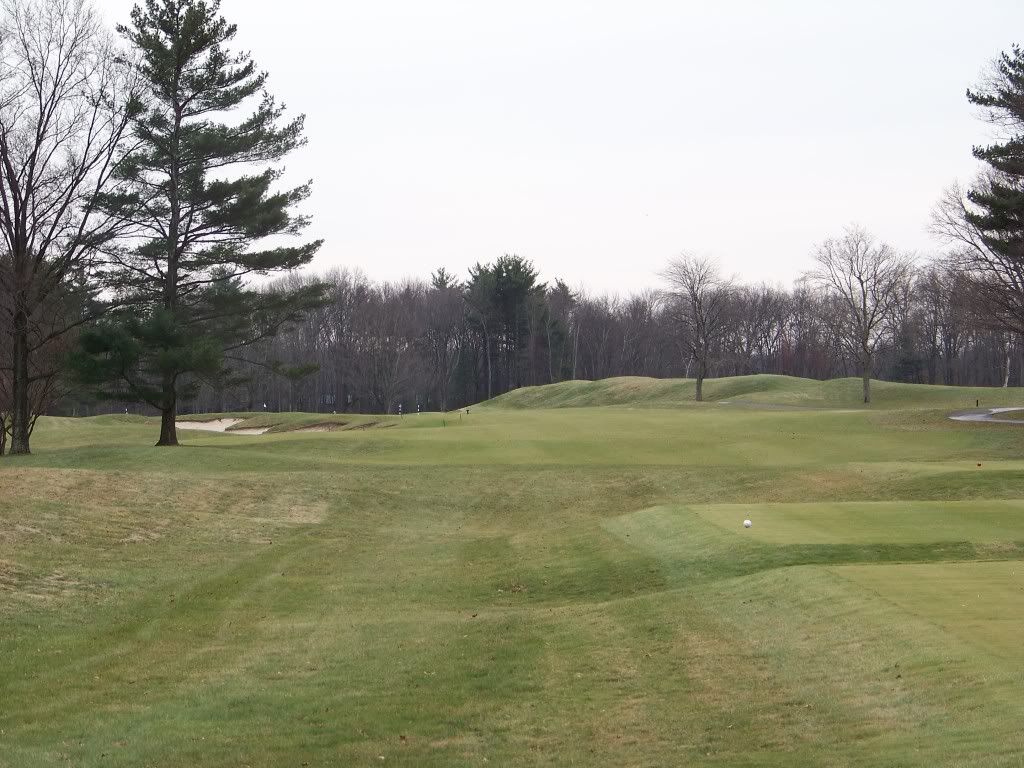
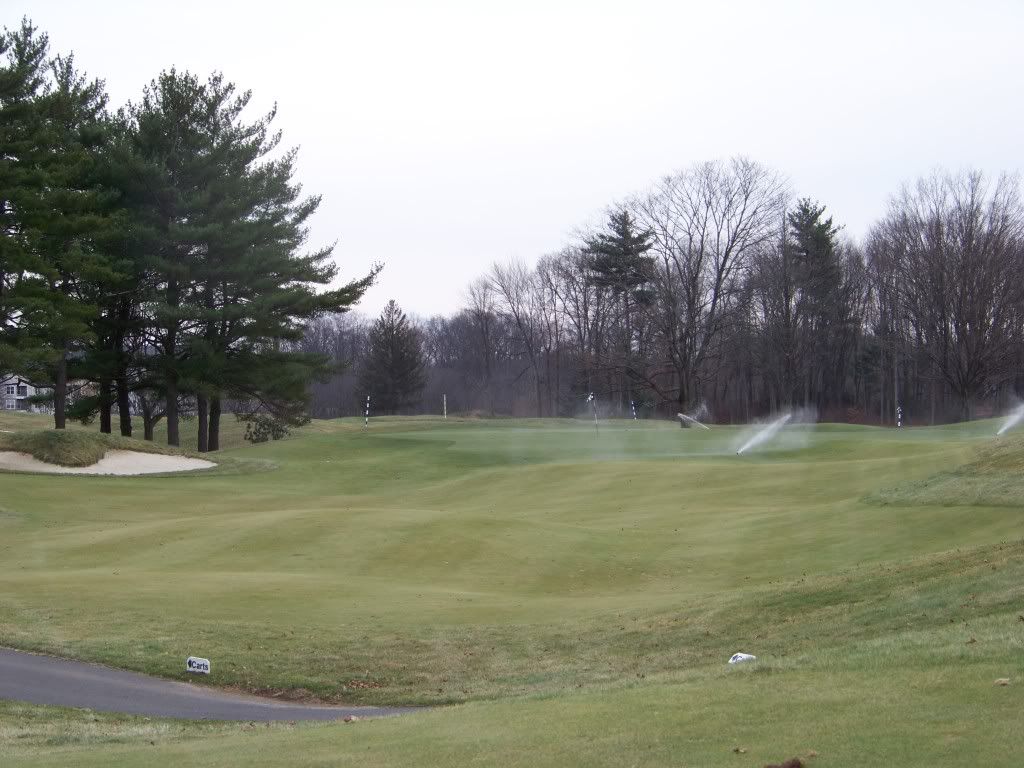
10: Sharp dogleg left. Another formerly ruthless approach shot, but a two of the three greenside bunkers have been removed. The narrow, crowned greeen defends itself well enough.
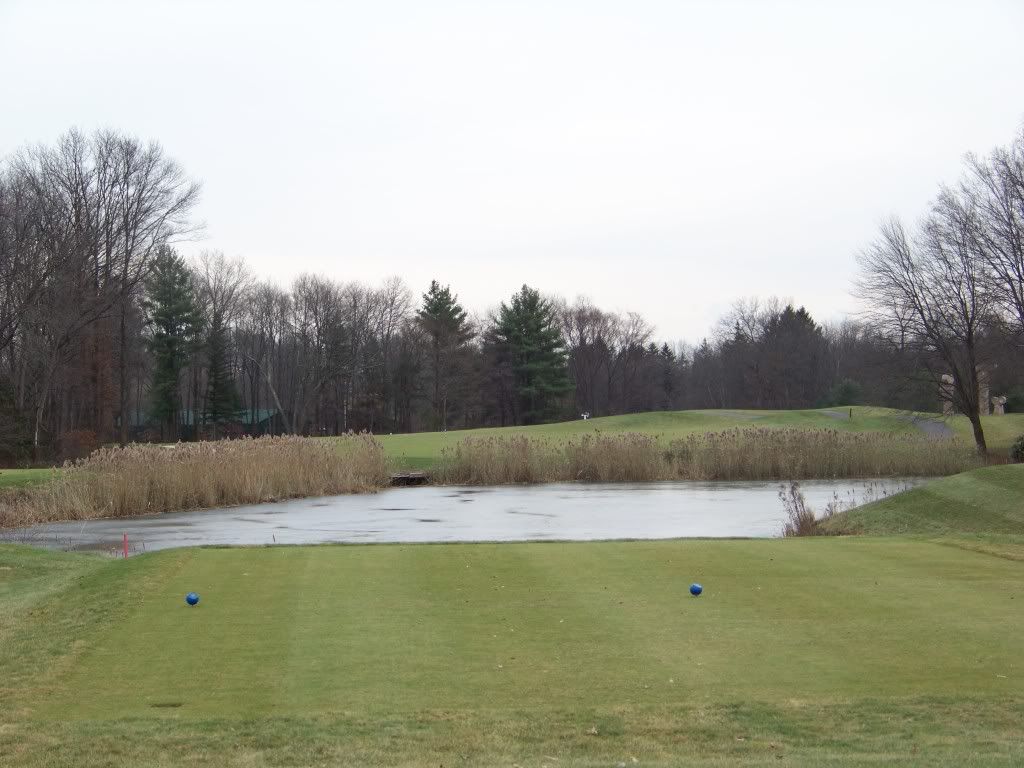
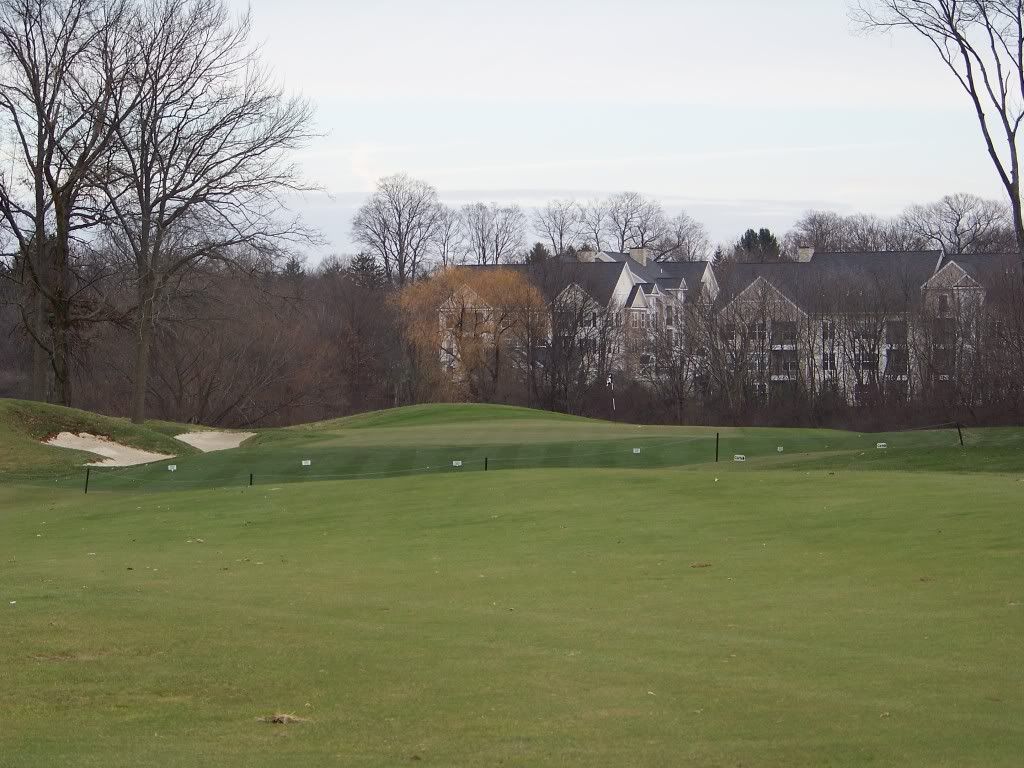
Statues between the 10th and 17h fairways.
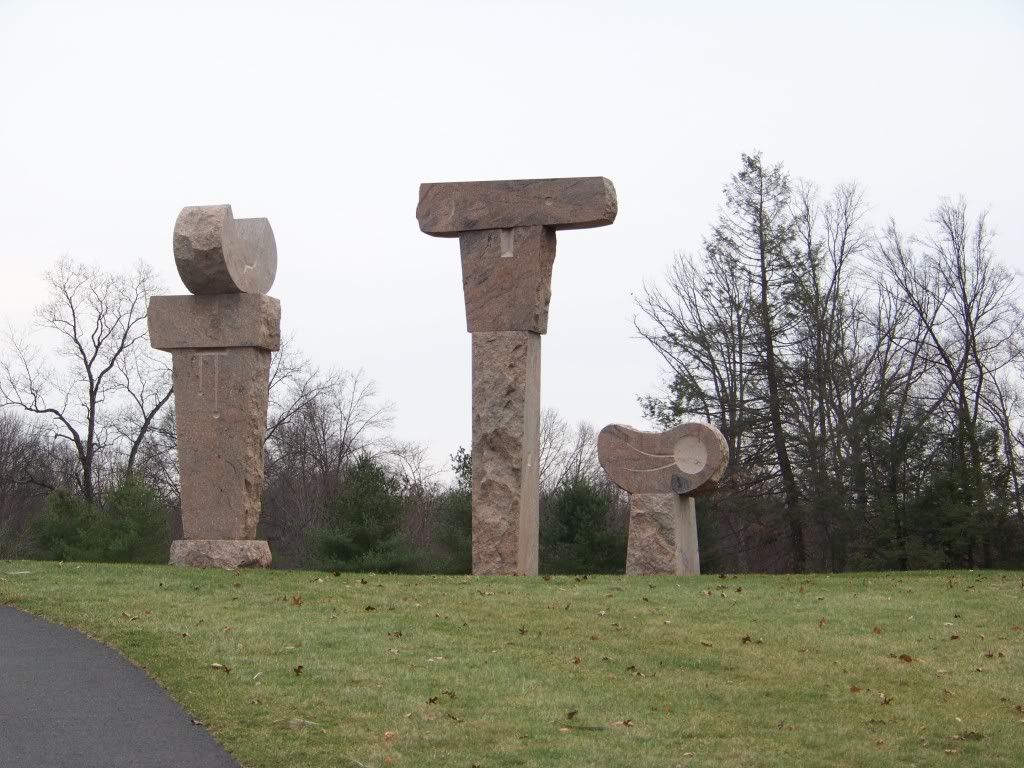
11: Ball-busting long par 3. A 200-plus yard downhill shot over water, with a bunker left. Probably the second toughest par on the golf course.
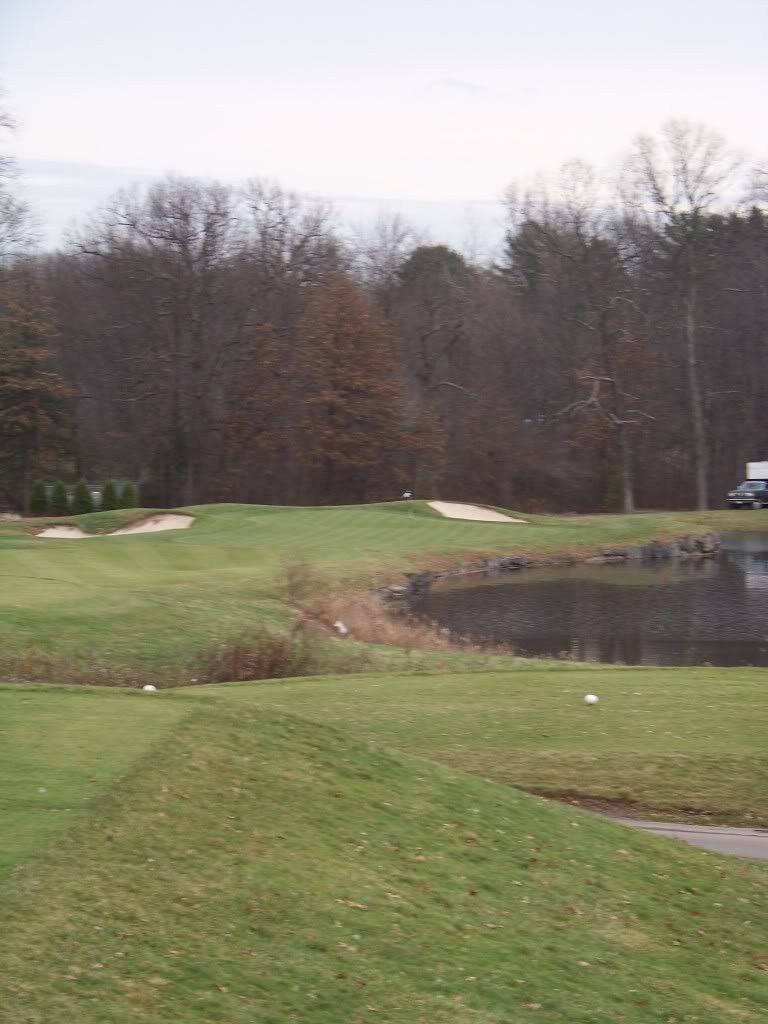
12: Long par 5 with a great visually deceiving bunker about 60 yards short of the green. Another solid three-shotter for most.
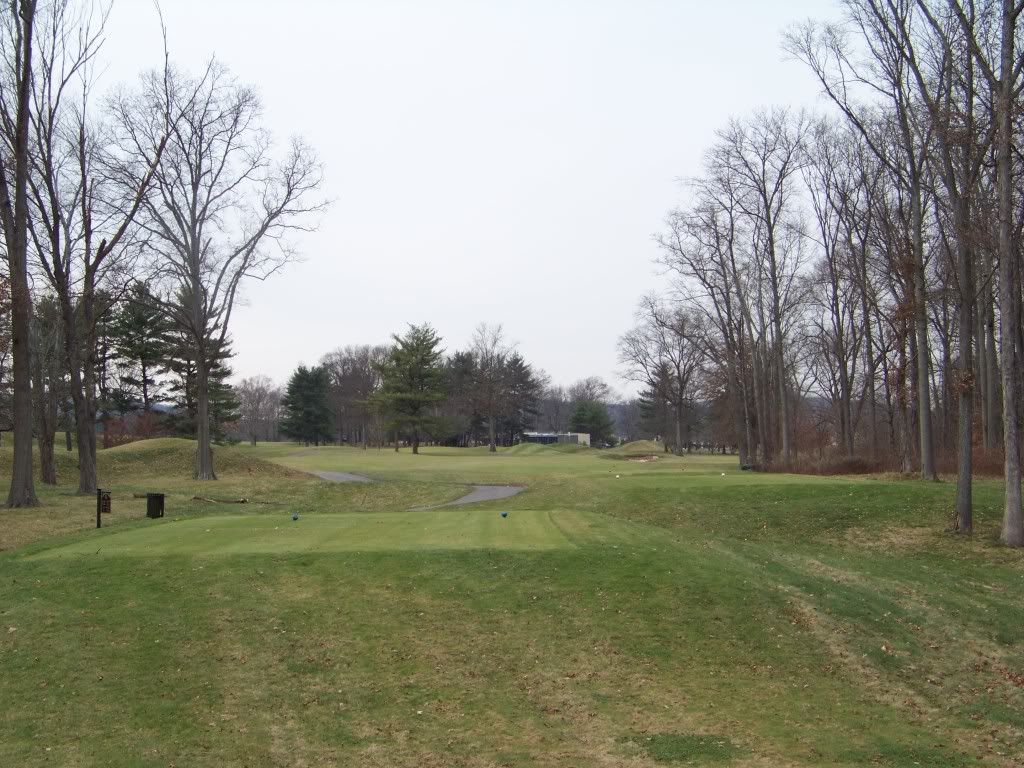
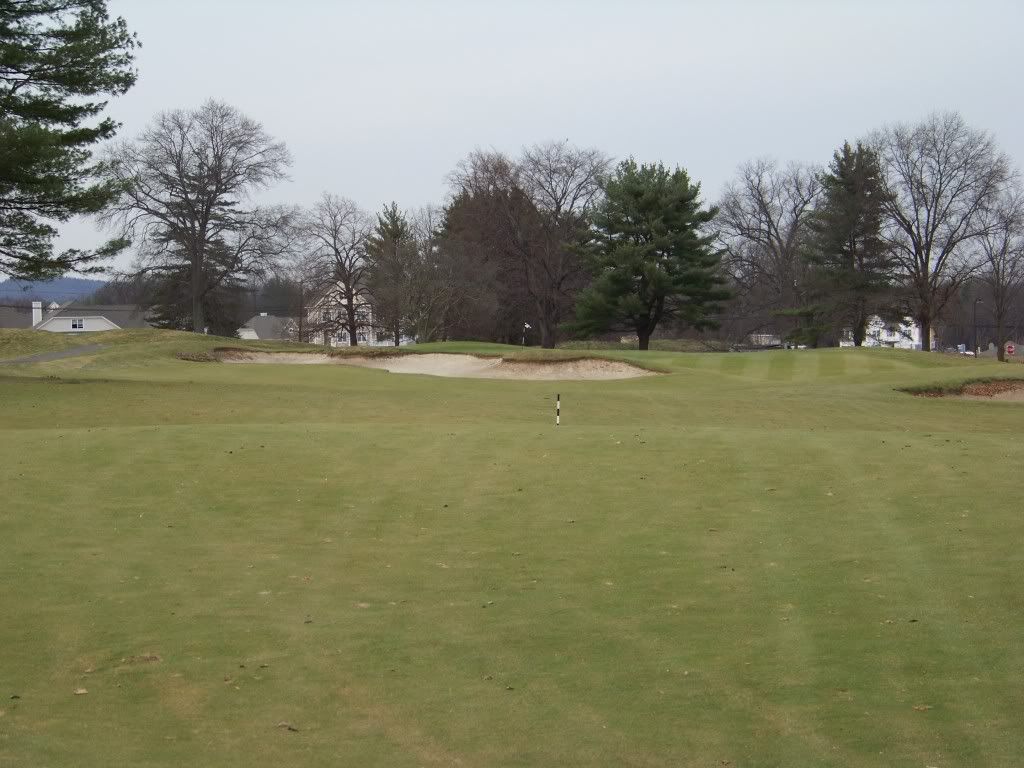
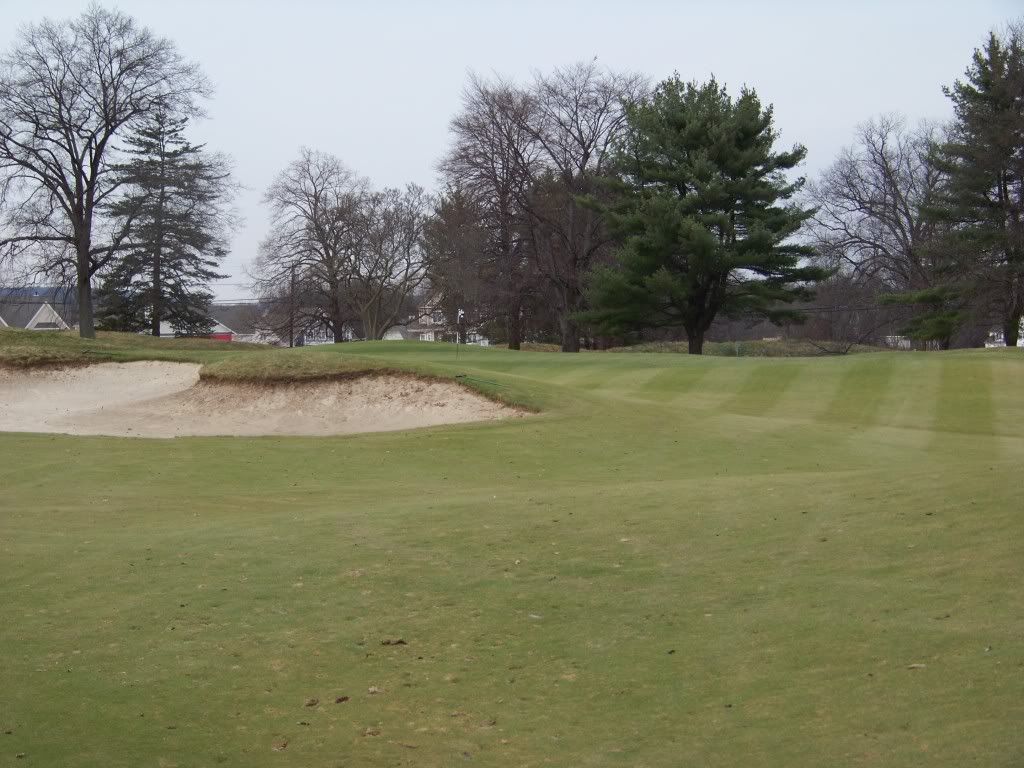
13: Best hole on the course, in my opinion: a sub-300 yard par 4 begging the aggressive player to try for the green. A hard right-to-left shot just over the right bunker may yield a kick toward the green. Those who lay up must do so prudently, with water and sand in play.
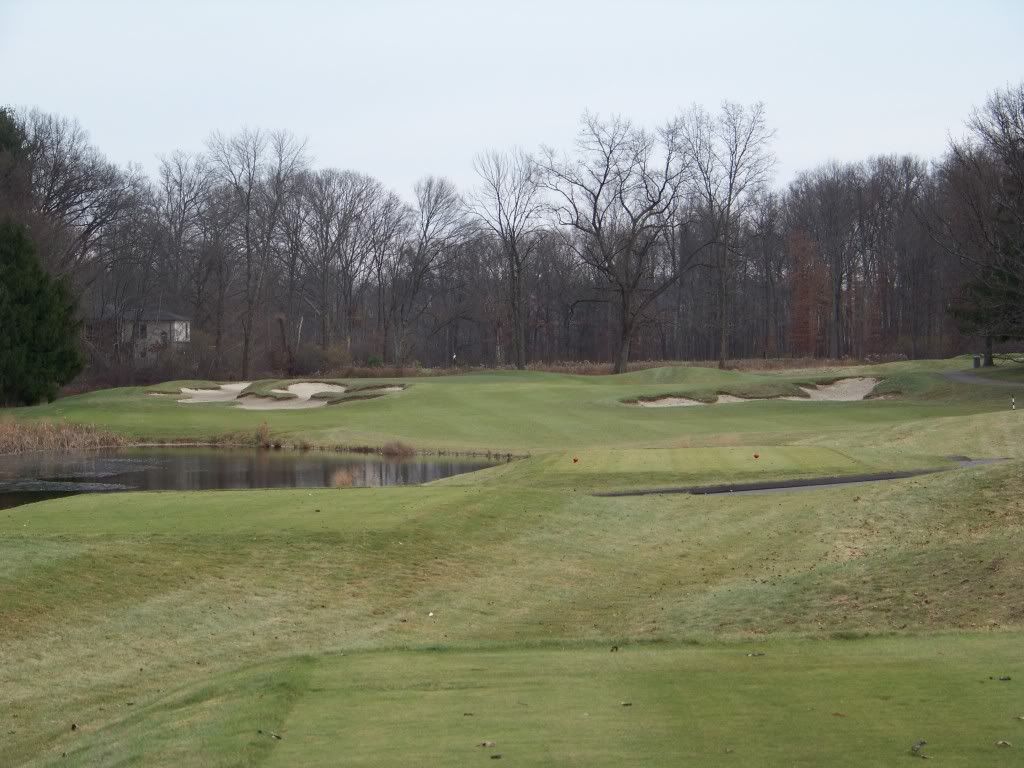
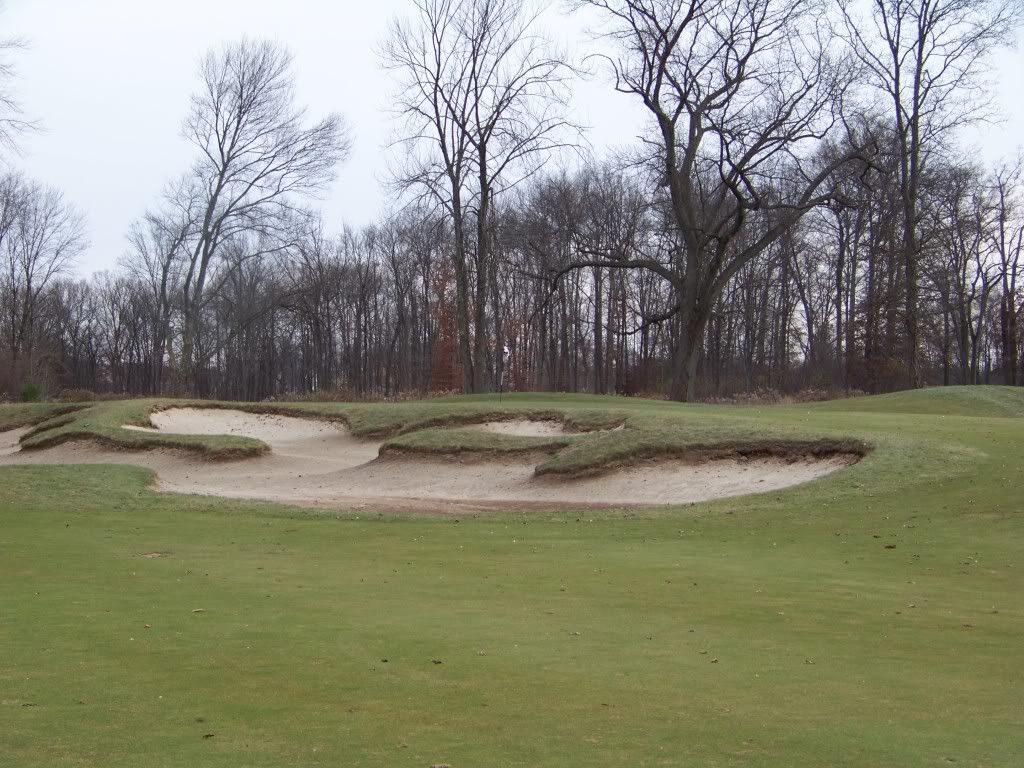
14: Downhill par 4 to a narrow green guarded by chipping areas. Another solid hole where driving it closer to trouble (left fairway bunker) affords a friendlier angle into the green.
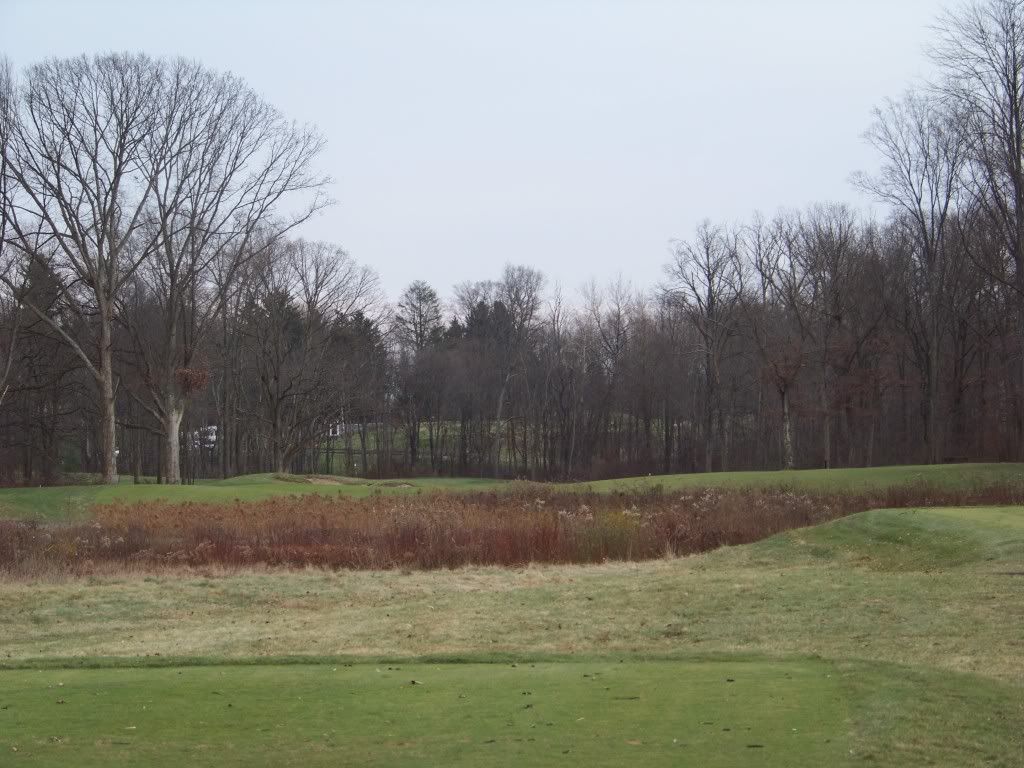
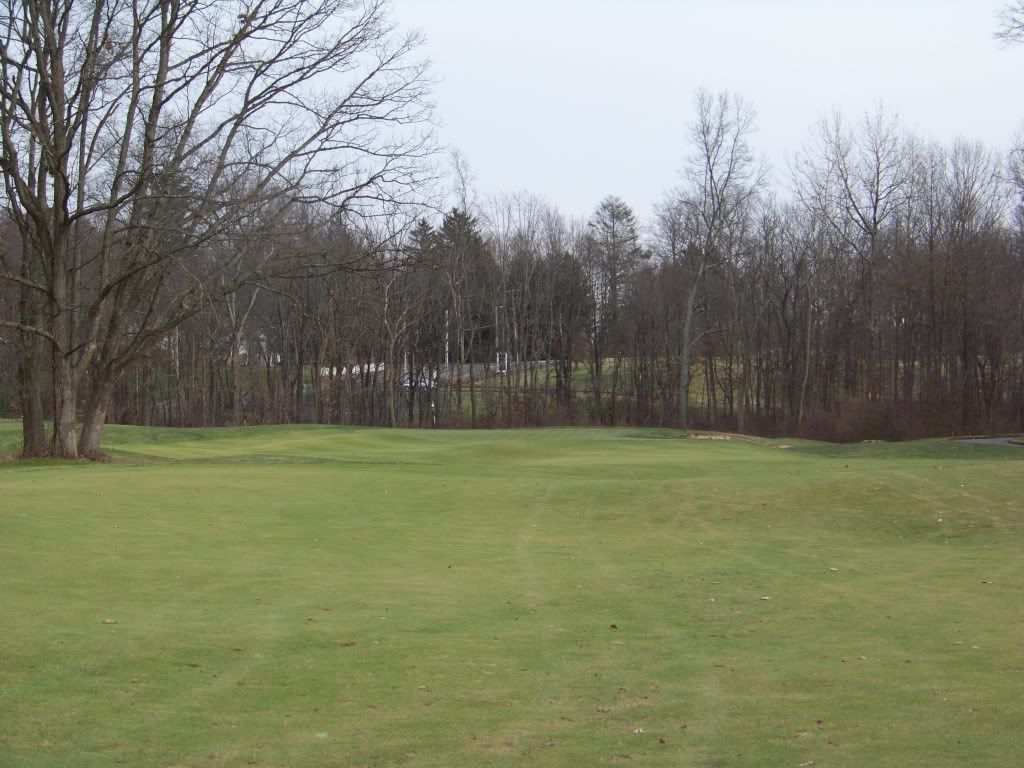
15: Uphill par 3 with deep bunkers short and another narrow green. Solid, but not revolutionary.
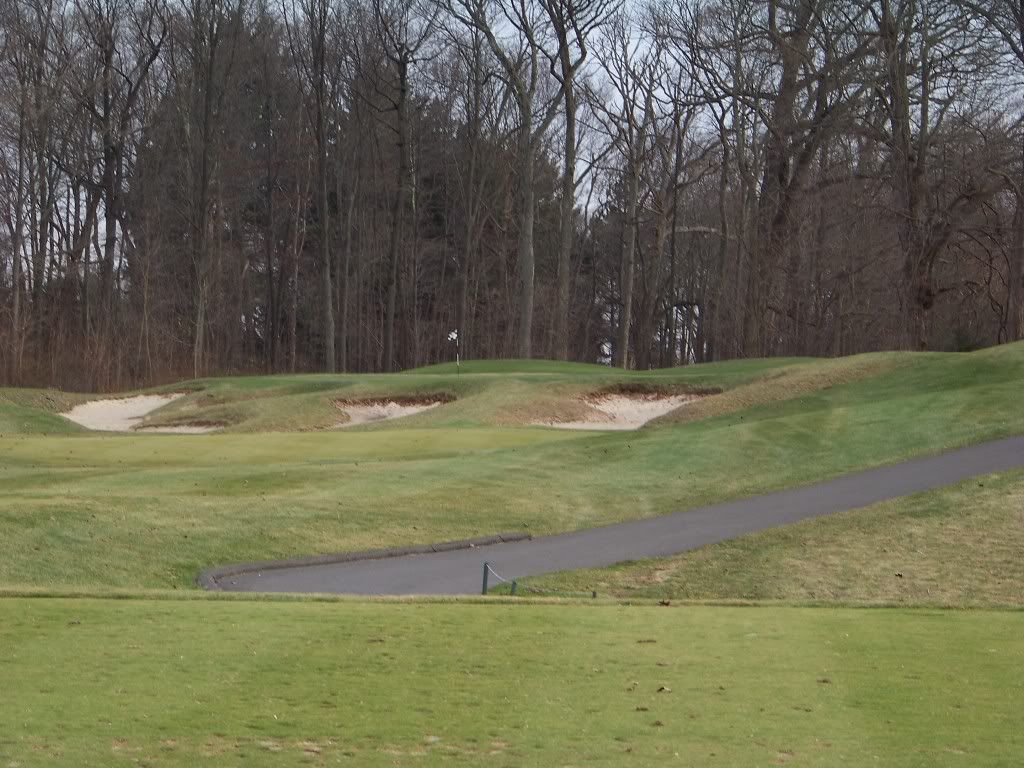
16: Straightaway downhill par 4 with an approach over wetlands. The green has been enlarged this year, but the penalties for missing it are pretty severe, in the form of nasty bunkers.
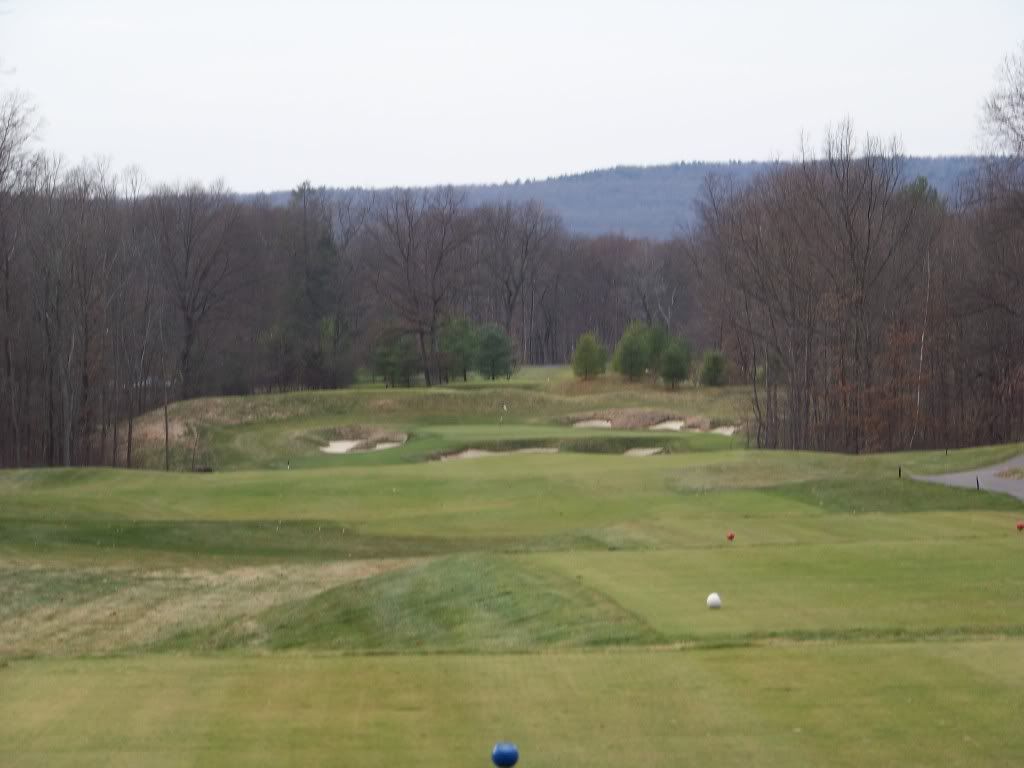
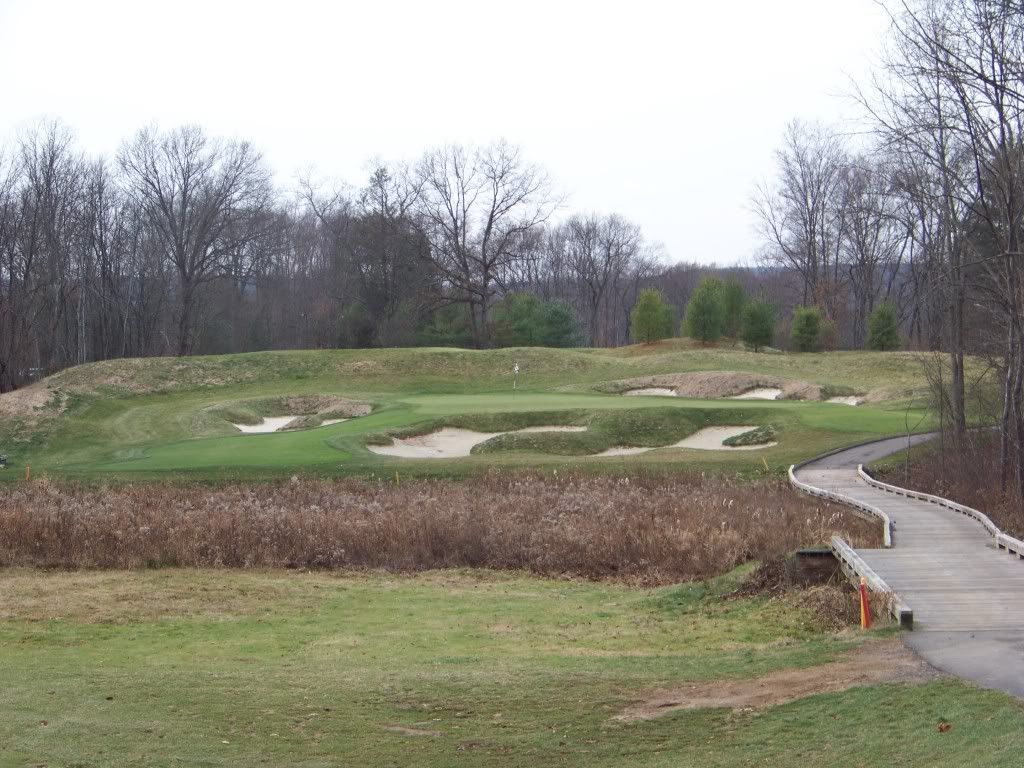
17: Lengthy par 5 with a unique green situation: on a relatively wide, high stone bridge over a stream. The bridge is still pretty narrow and so is the green--it's an extremely scary shot when the pin is the middle or back of the green.
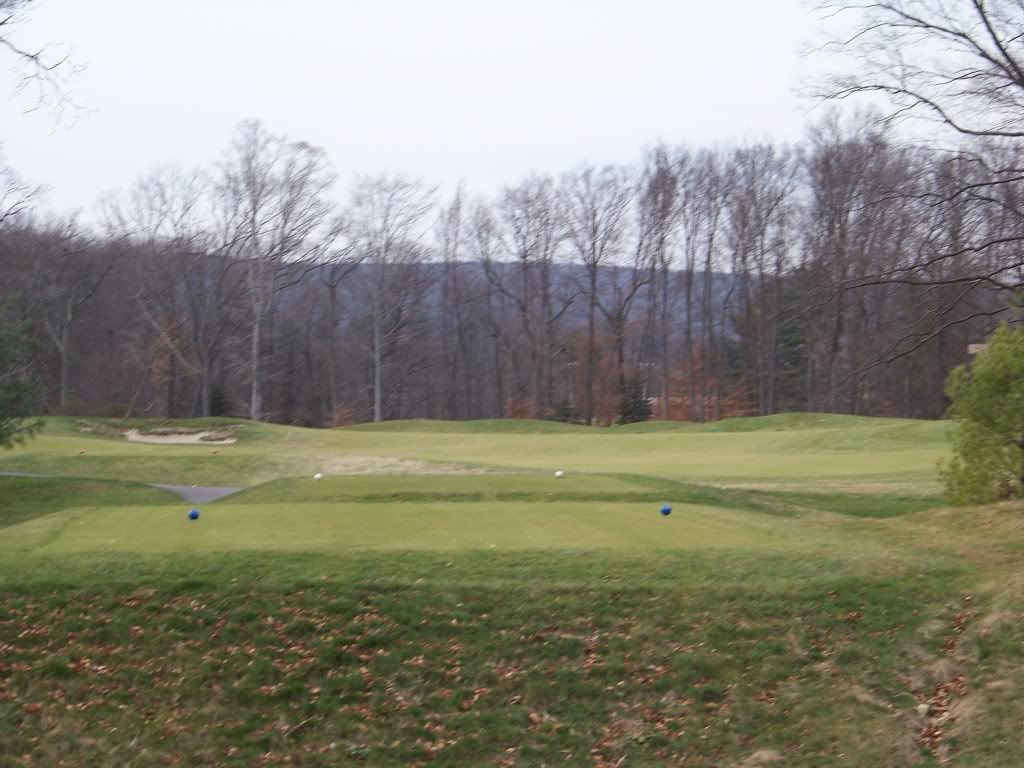
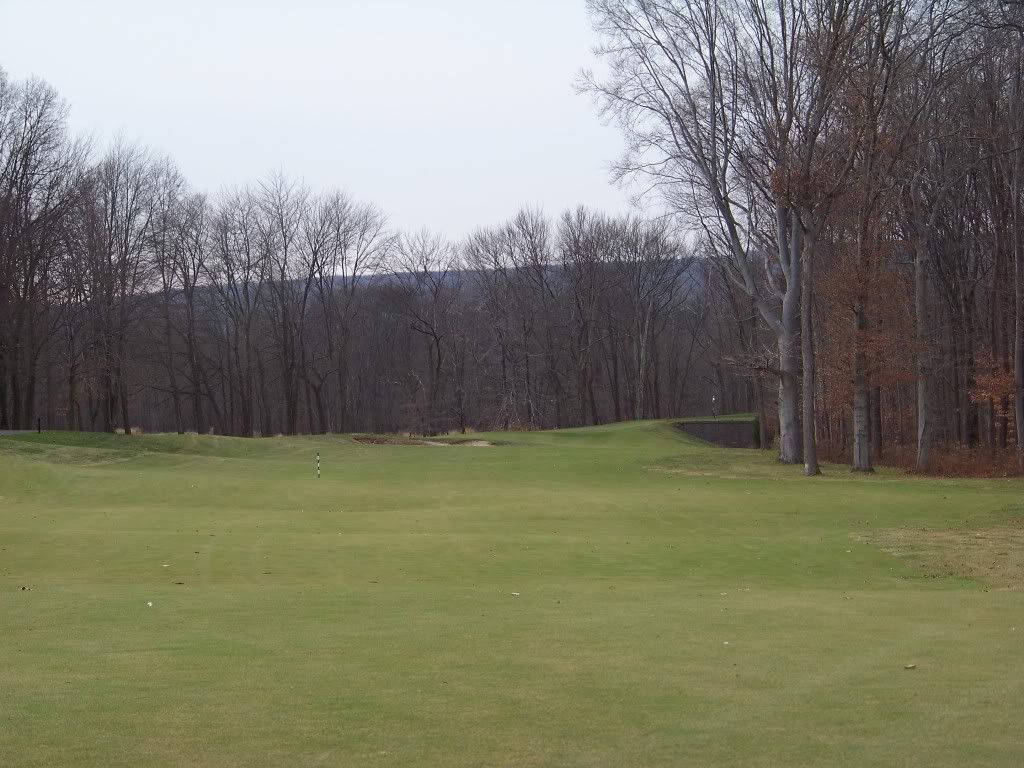
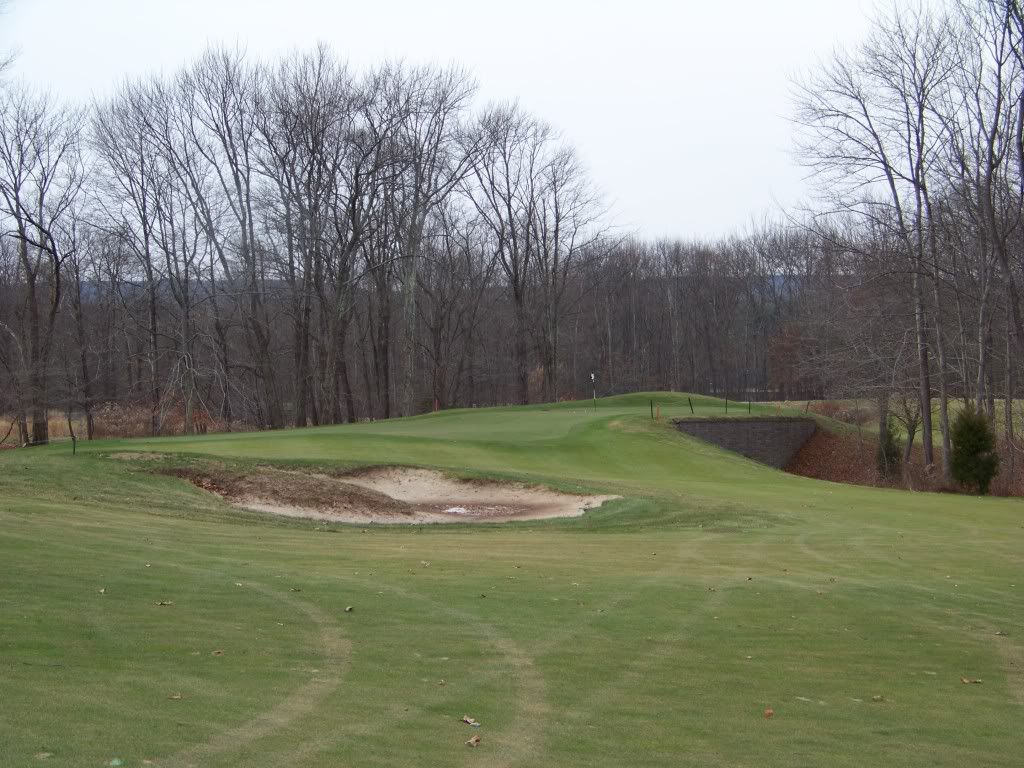
18: Gillette Ridge finishes with the most difficult hole on the course: a 475 yard dogleg right beast requiring your best, longest drive and your best long iron to a green guarded by water and bunkers on three sides--the only bailout is short-left. Really good par 4.5.
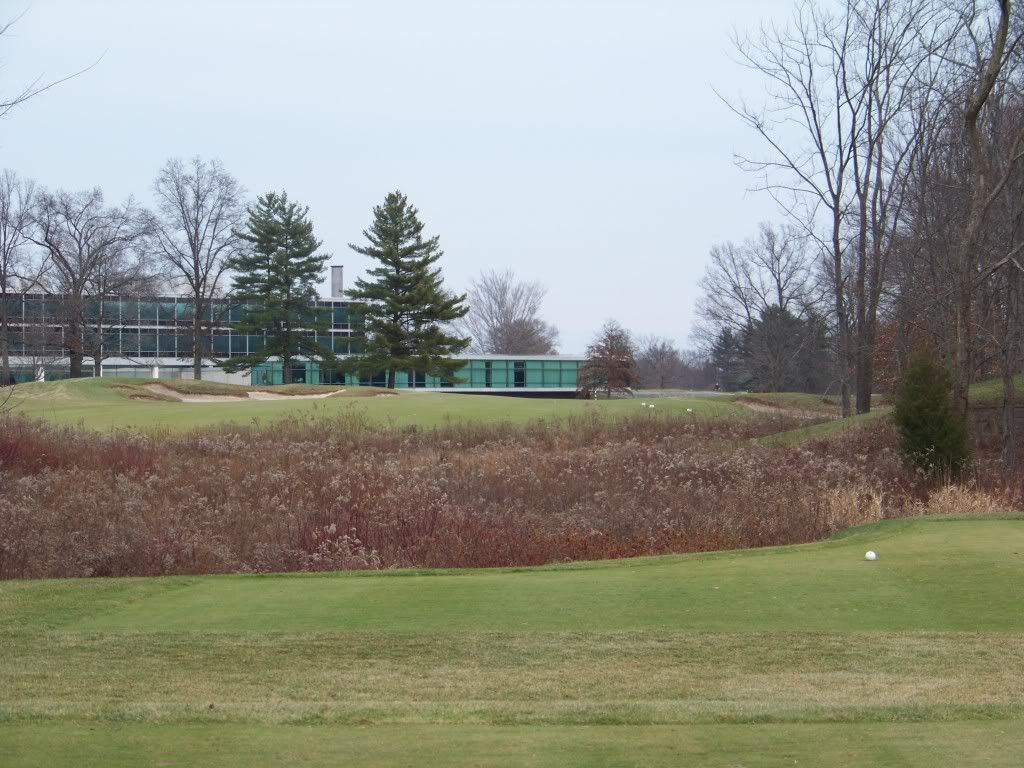
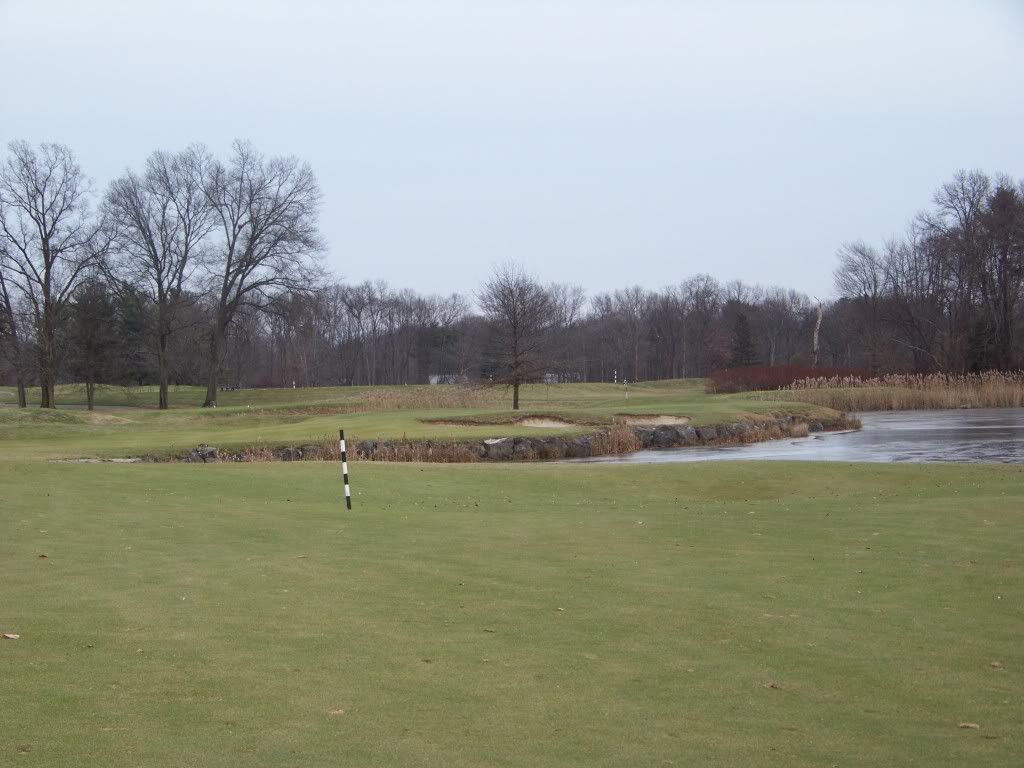
After I first played Gillette, I agreed with the detractors who call it unfair and too demanding. The fourth hole is objectively ridiculous; I concede that. But the improvements that have been made have turned the course into one I quite enjoy. And frankly, I think I now prefer it to Wintonbury Hills. But I recognize that not everyone will agree with me on that. I like really tough courses, and Gillette Ridge certainly is that. It punishes careless shots, but accommodates and rewards good play; which is one of the most important aspects of golf course architecture.
Cheers.
--Tim Gavrich